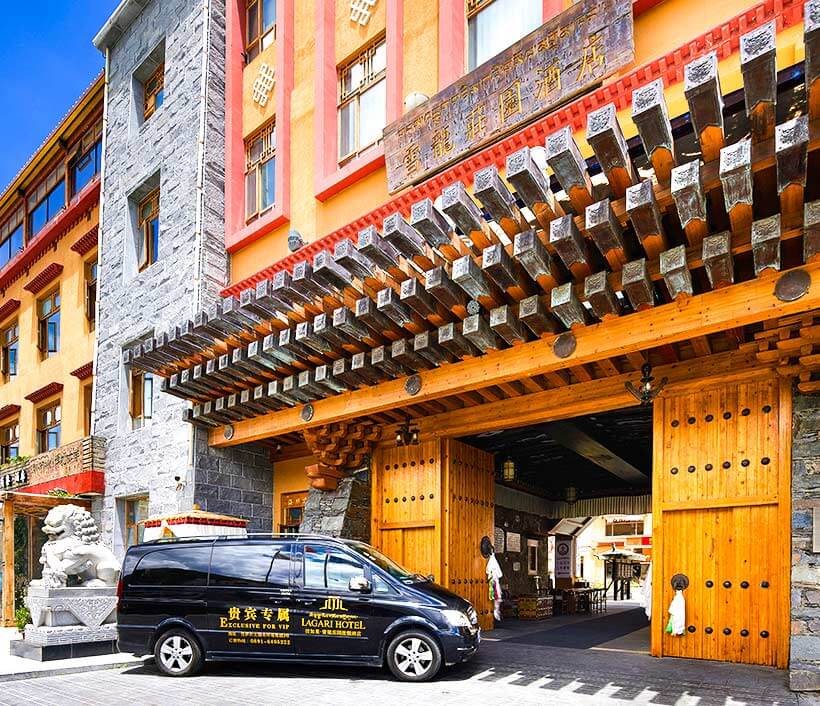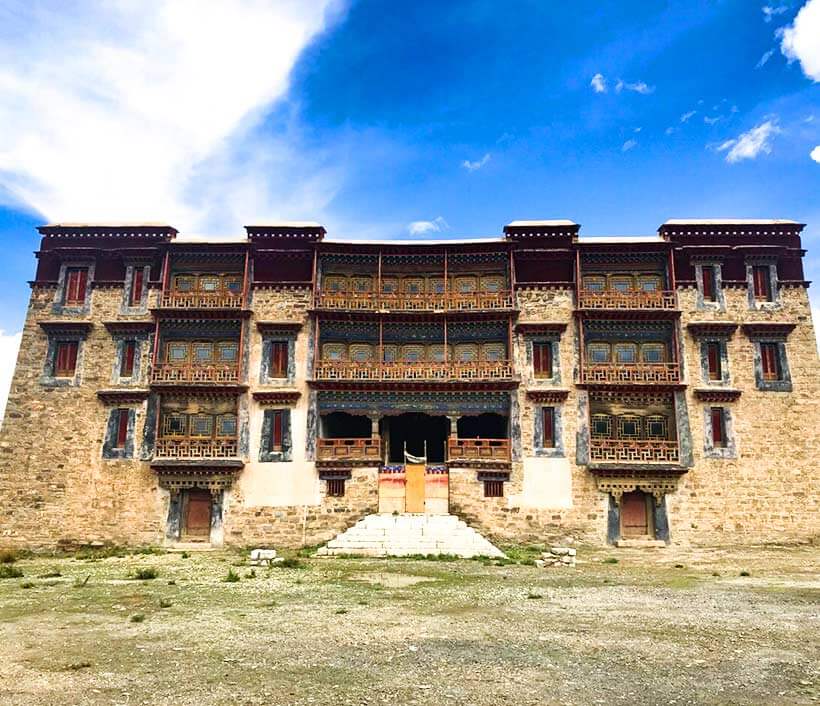Brand Story
Origin of the Brand "Lagari"
In Tibetan, "La" means divine or celestial being, and "Gari" means dwelling place. So, the name "Lagari" symbolizes the dwelling place of divine beings.
According to Tibetan historical records, the lineage of Tibetan kings can be traced back to the first Tibetan king, Nyatri Tsenpo, in Shannan, Tibet. Over 44 generations, the Tibetan monarchy thrived. One of the famous kings was Songtsen Gampo, who married Princess Wencheng from the Tang Dynasty in 641 AD. This marriage facilitated cultural and economic exchanges between Tibet and China. Princess Wencheng is revered in Tibetan Buddhism as an incarnation of the goddess Green Tara.
Another important figure during Songtsen Gampo's reign was Thonmi Sambhota, a wise minister who studied Buddhism and created the Tibetan alphabet. He translated numerous Buddhist scriptures and wrote eight books, but only two survived.
In 799 AD, the last Tibetan king, Langdarma, was assassinated due to his anti-Buddhist actions. This led to uprisings and the collapse of the Tibetan Empire. The descendants of Langdarma scattered, and one branch settled in Qusong County in Shannan, Tibet.
For several hundred years, the Lagari dynasty maintained its independence and ruled over Lagari, Sangri, Gyaca, and Lhunze, covering a large area. They built the Lagari palace on a high platform in present-day Shannan City, overlooking the valley and commanding respect as revered rulers. Their rule continued until the democratic reforms in 1959.


Brand Story
Lagari Palace
Lagari Palace was designated as an autonomous region-level key cultural heritage site on April 16, 1996, and as a national key cultural heritage site on June 25, 2001.
Located in Qusong County, Shannan City, Tibet (212 kilometers from Lhasa), the ruins of the Lagari Palace can be seen on a high slope on the southwestern side. The palace was initially built in the 13th century and served as a symbol of royal authority for the descendants of the Tibetan Tubo dynasty, who retained their power after the Sakya and Pagdu regimes. The early architecture, known as "Zaxi Qunzong" in Tibetan, was built in the 13th century and includes the remnants of the palace walls, with the highest remaining section reaching 12 meters, as well as the southern and northern gates. The mid-period architecture, known as "Gandan Lazi" in Tibetan, was built in the 15th century and constitutes the main structure of the Lagari Palace ruins. It consists of the palace, warehouses, Lakhang (palace), square, stables, and other buildings. Originally five stories high, it now has three remaining floors, and some wall paintings are still preserved. The late-period architecture, referred to as the "Summer Palace," was built in the 18th century and partially remains as a relatively intact courtyard-style palace.
Videos
Lagari Hotel Amazing Videos
- Lhasa Lagari Hotel - Comfortable Four-Star Hotel

- Lhasa Lagari Hotel - Comfortable Four-Star Hotel

- Lhasa Lagari Hotel - Comfortable Four-Star Hotel

- Lhasa Lagari Hotel - Comfortable Four-Star Hotel

- Lhasa Lagari Hotel - Comfortable Four-Star Hotel

- Lhasa Lagari Hotel - Comfortable Four-Star Hotel

- Lhasa Lagari Hotel - Comfortable Four-Star Hotel

Booking
Get More Deals
![]()